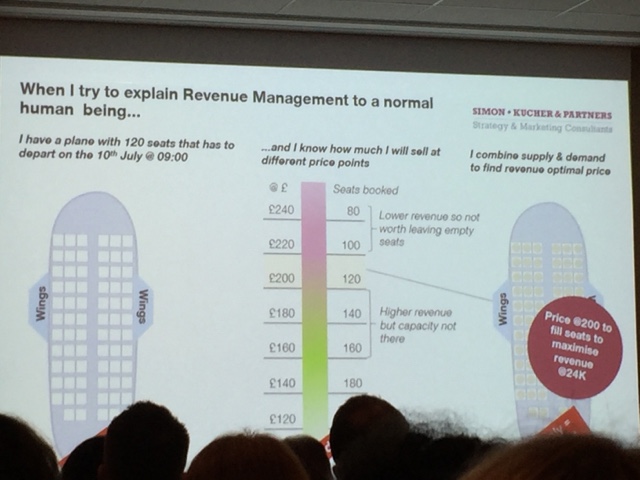On Herzog and technique
I am a big Werner Herzog fan. I love his movies. I love his interviews. He seems like the kind of person you would want at a dinner party. So I was intrigued when he appeared twice in my Twitter timeline this week. The first was a quote from an interview giving advice to young film makers "Technical knowledge inevitably becomes dated; the ability to adapt to change will always be more important." - Werner Herzog — Erik August Johnson (@eaj) September 6, 2016 I think that this is also great advice for developers starting out in their careers. People's problems and the work they do doesn't change as much as the underlying technology. This is a pretty simplistic example but I started running in 2009 and my experience is pretty much the same: I listen to upbeat music of my choosing I get statistics recorded of my performance I can share those statistics on Facebook or Twitter To support that I am on the the fourth device with about 6 different operat








